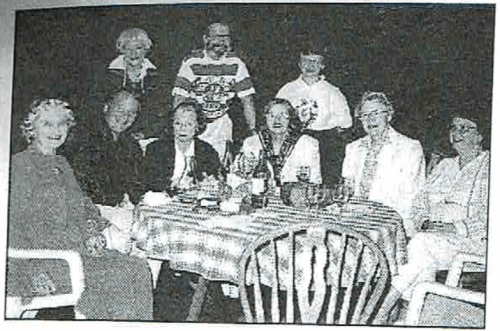“The Community Arts Council of Vancouver, a small
but very effective organization has in a very unsung sort of way made a
multitude of valuable contributions to the artistic and social fabric of the
city.”
– Max Wyman, 1978
The Arts Council has shaped Vancouver over the last fifty years through the efforts of members who recognized its potential to be a truly great city. These citizens realized that Vancouver’s setting amidst extreme natural beauty was not enough, and that the quality of life available in their city was important. They strove for careful urban planning and a variety of opportunities for citizens to enjoy cultural experiences through the arts.
When the Community Arts Council of Vancouver came into being in 1946, Vancouver was a war weary, west coast Canadian city with a population of 332,000. It has changed since that time into a sophisticated cosmopolitan metropolis with a population of over 1,800,000. With each successive generation the ethnic character of the city has altered considerably.
Accompanying these changes in size, attitude and diversity has been an explosive growth in all manner of cultural activity, from the regular appearance of internationally renowned artists, exhibitions and popular theatrical productions, on the one hand, to spontaneous expressions of artistic activity at the neighbourhood level, on the other.
As the city has changed, so has the Arts Council and its activities. One of the primary objectives of the early Arts Council was to coordinate and promote the arts. These functions have largely been taken over by the city’s highly qualified Social Planning staff (recently the Office of Cultural Affairs), but also by other organizations. Numerous umbrella groups with mandates to promote a particular art form, such as the Vancouver Dance Centre and the Federation of B.C. Writers, as well as those representing a particular stratum of arts activity, such as the Vancouver Cultural Alliance, are now actively on the scene.
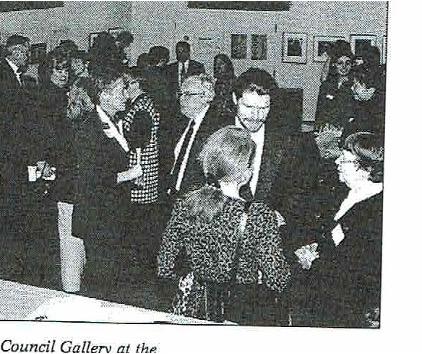
In response to these and other changes — notably the increasing demand for programming at the Davie Street premises and shifts in funding patterns — the Arts Council entered a period of introspection, reorganization, and policy development in the late 1980s and early 1990s. Under the presidency of John Goodwin, the highly regarded cultural consultant, Rory Ralston, conducted a board development workshop in 1988 that inspired the Arts Council to reorganize itself along functional lines. Over the following four years, Rory became a fixture around the Arts Council, assisting with the painstaking task of policy writing, and the creation of our Cultural Leadership Development program. At the same time, he was spreading his gospel of cultural trusteeship to arts organizations throughout the province.
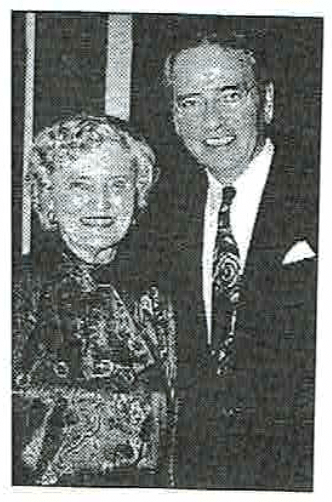
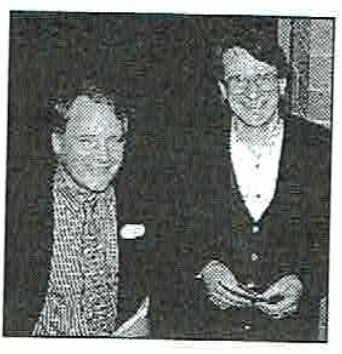
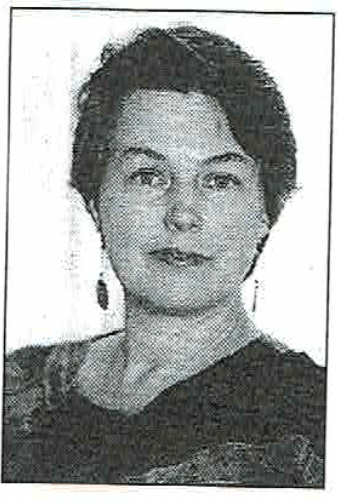
Perhaps the most enduring and potentially far-reaching element of Arts Council activities in the 1990s has been the renewed interest in the idea of “community.” In contrast to the 1970s and 1980s when the term had only a pejorative connotation (i.e., amateur). “Community” and “community arts” today constitute an important counterbalance to the growing cosmopolitanism and globalization of culture generally. Indeed, the use hearkens back in at least two important respects to the understanding of community arts at the time the Community Arts Council was formed: homegrown and contributing to the public good. Many long-time members remember that after the war the desire to foster peace and understanding through art was great. ‘Group of Seven’ artist and early Arts Council member Lawren Harris once described community art as the best of two ways of interesting oneself in art:
“The second way is the way of life. It demands an interest in and service to what is being done today in our midst, the furthering of all original expression in one’s own community.”
This October, the Arts Council will host the annual conference of the Assembly of B.C. Arts Councils, which will explore the theme of community cultural development.
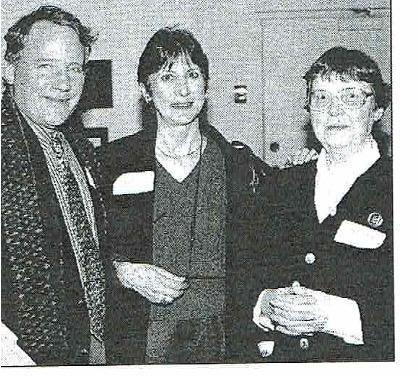
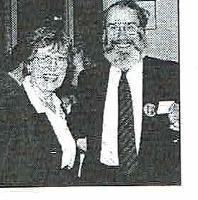
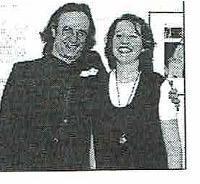
As Executive Director Ingrid Alderson has pointed out, there will always be a need for the Arts Council among the artmakers of this community — even when the community of Vancouver today comprises dozens of neighbourhoods and micro-communities — for they need a mechanism to facilitate networking, walls for their art, an outlet for their writing and music, and a place to come together and voice ideas and concerns. Pam Chambers, president of the boards since 1994, agrees that, as in the past, the Arts Council must continue to create a supportive environment for young, emerging and marginalized artists as well as defend the role of the professional arts. But she also sees the ongoing need for keeping abreast of developments and events that might otherwise “fall between the cracks,” with the Arts Council serving a variety of advocacy roles, from facilitator to researcher to flashpoint for grassroots community sentiment:
“As long as there are issues that capture the imagination of people who care about this city and its cultural development, the Arts Council will be here as a resource to help bring like-minded people together and focus that energy.”
Flexible in its agenda, wide-ranging in its approach, and dedicated to enhancing the quality of life in Vancouver, the Community Arts Council continues as the cultural conscience of the city.
